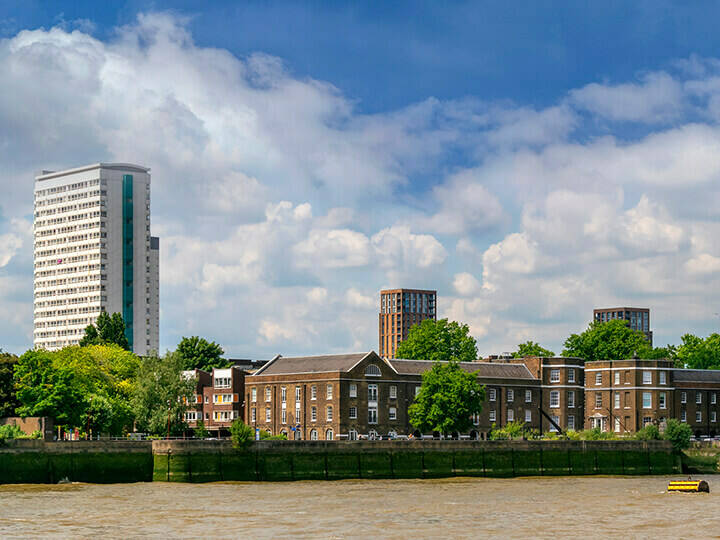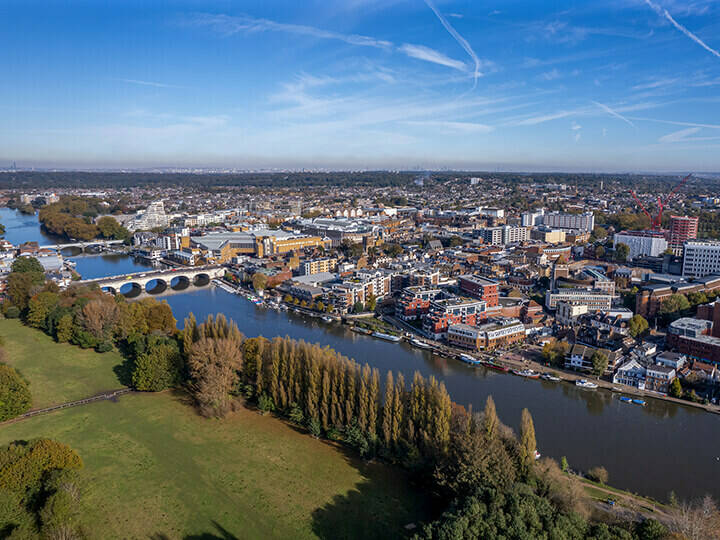Waverley Borough Council is the winner of GeoPlace’s 2024 Exemplar Award for its outstanding work in producing and maintaining high quality data, working towards data integration and delivering best practice.
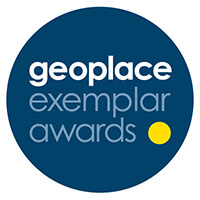
The addressing team at Waverley Borough Council knew that there were several areas where better quality addressing would improve efficiency of services.
Starting with the maxim that Unique Property Reference Numbers (UPRN) and addresses should be 'the golden thread' and a single point of truth, the project team is working with multiple stakeholders to ensure data held within the council’s Local Land and Property Gazetteer (LLPG) is updated, implemented and used across the council. This includes liaising with Council Tax/Open Revs, Housing, and the Elections Teams as well as engaging all services at a corporate level. In addition, they are tackling historic road name confusion and anomalies; working with residents throughout to update them on progress and outcomes and engaging with local ward and parish councillors so the UPRN and location data is promoted and understood across the council.

The team also support building control to update systems with new addresses and/or address changes – making sure that new builds can be easily and quickly identified with accurate information.
The challenge
Waverley Council identified several instances in which less accurate address data was being held and used, with many manual processes involved in address creation and maintenance. Several teams held address data that weren’t linked to the LLPG, which created opportunities for errors and potential complaints from residents.
In addition, there was a lack of understanding of the value or importance of UPRNs. Key address data such as electoral information, council tax and housing were being impacted; teams were also working to tackle historic road name confusion in rural areas across the borough. This had been highlighted by residents and also by blue light services, meaning great uncertainty and unnecessary levels of risk for homeowners.
The solution
Since 2012, Waverley’s address data quality has been verified by GeoPlace as being at the highest level of data quality. This level of accuracy and consistency has been key in providing the foundation and reassurance for other departments such as Revenues, Housing and Elections to integrate addressing data across systems to create one golden record for each address.
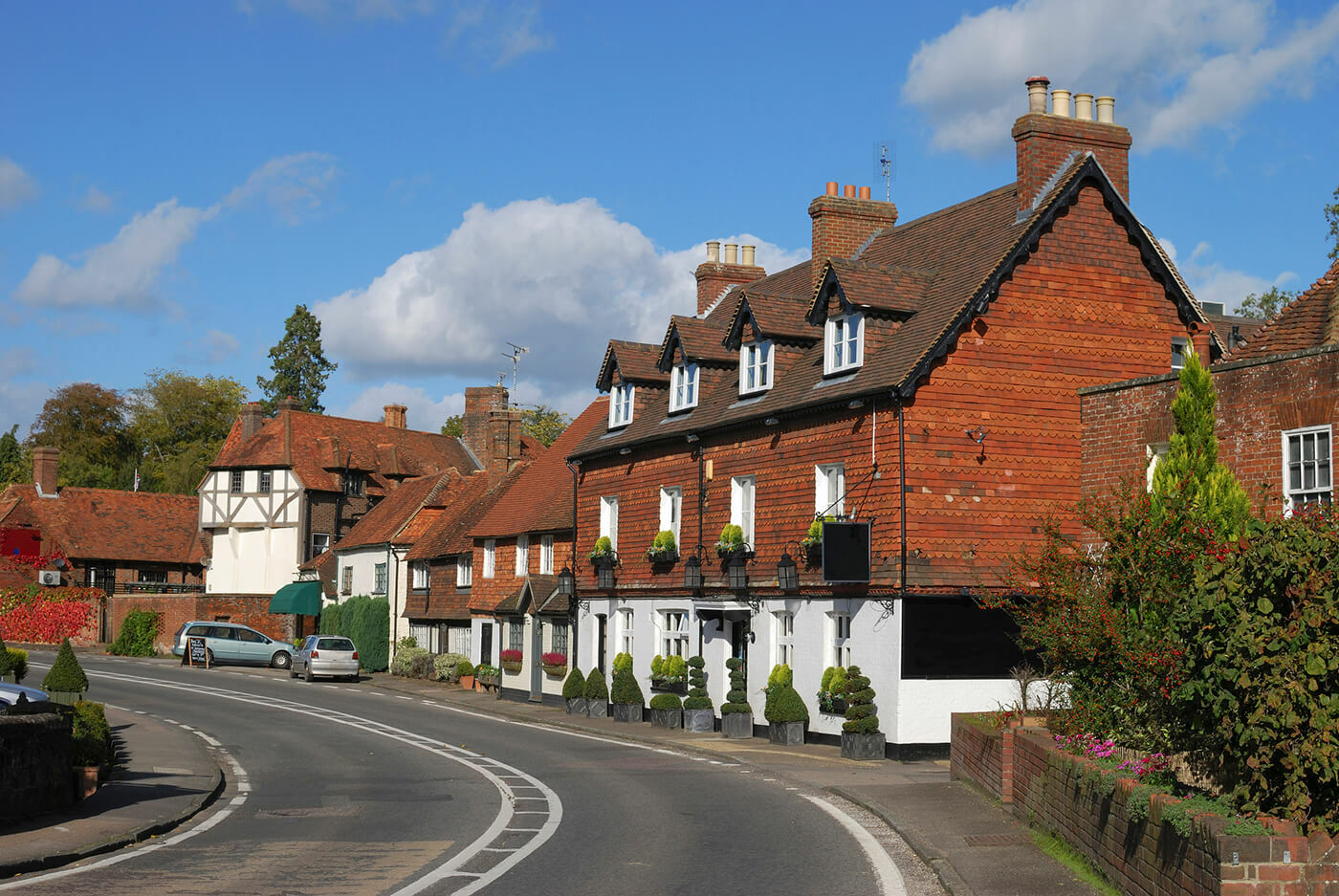
Raising awareness of the value of accurate address data across all service areas has been a key objective. Throughout the last few years, the team has engaged in promoting the utility of UPRNs right across the council, using opportunities such as Gazetteers@GIS Day to promote awareness as well as issuing regular newsletters and attendance at parish council meetings. The addressing team are working with each of the services to all address data is integrated within their systems; cleansing and validating that data, establishing protocols around the creation and manipulation of any address data and ensuring the teams all understand the importance of having a UPRN and one golden record.
When Officers became aware of historic road naming and/or addressing issues, they proactively resolved these to the benefit of the local community and with the least amount of disruption. For example, one road naming project identified that three roads which were officially named as one thing were not being used by that name by residents. Nor was there signage or clarity over what the road names were in a very rural part of the borough. Officers undertook multiple consultations, engaging with residents/property owners, parish councils, local councillors, the emergency services and the Royal Mail. Once the consultations closed and agreement was reached, each road was either officially renamed or the road names clarified. All addresses on those roads were updated and communicated to residents and relevant organisations.
In another project, the fire service highlighted duplicate road names within a mile of each other, which affected more than 50 properties - a clear risk to life and property. The team worked with residents to find an acceptable solution that caused minimum disruption, enabling clarity for everyone involved. The team is now tackling similar pieces of work in other areas of the borough, hoping to maximise the benefits of clear, unambiguous location data
An API requirement was also introduced, ensuring new systems that were procured could integrate smoothly with gazetteer data. Each member of the team now understands the role of the UPRN, and the importance and value of working with accurate data – protocols are in place so that address data cannot be manually changed. This exercise has also enabled the team to set up more UPRNs when parent buildings were being identified, and for classification purposes.
Building control oversees several new build properties addressed according to the parent site address. By identifying the correct plot and new address, and using gazetteer data for property classification, the building control team now has much more accurate data than before. Classifications from the gazetteer can now automatically populate some fields in the case management system. Previously, this information was manually identified from often incomplete forms and cross-checked against another system.
This improved addressing process means completion certificates are sent out with the current address of the plot, not the parent address. This results in fewer queries to building control, land searches, and addressing teams. It also enables Council Tax/Revenue and Benefits to identify occupied buildings more quickly, enhancing the visibility of an address. The next project aims to automate the population of fields in their case management system using gazetteer information. This will significantly improve the accuracy of building identification for the benefit of building control and the bodies it reports to, and save administrative time spent identifying and populating these fields.
The results
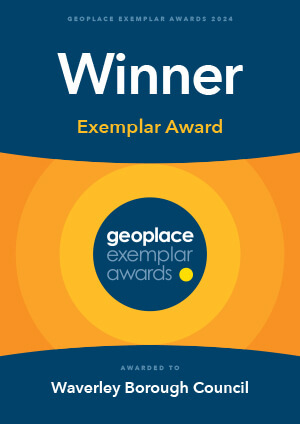
A coordinated effort across the council will ensure ongoing compliance and elevates the profile of the UPRN. The addressing team actively promotes its role, communicates with key stakeholders in the management team, and issues newsletters to councillors to keep them involved and informed. This effort has established a solid foundation for future projects to use the UPRN to connect data sources, saving time, money, and resources.
By maintaining the LLPG as the sole source of location and address data, manual input is minimised, and errors are reduced, leading to cost savings not only in corrections but also by enabling team members to allocate resources more effectively. All new databases are now updated with accurate addresses, providing residents with absolute clarity.
As a result of all these activities, the council will have confidence over the accuracy of the address and location data across the council and ensure that the gazetteer will be only source of location intelligence, creating that all important golden record.


